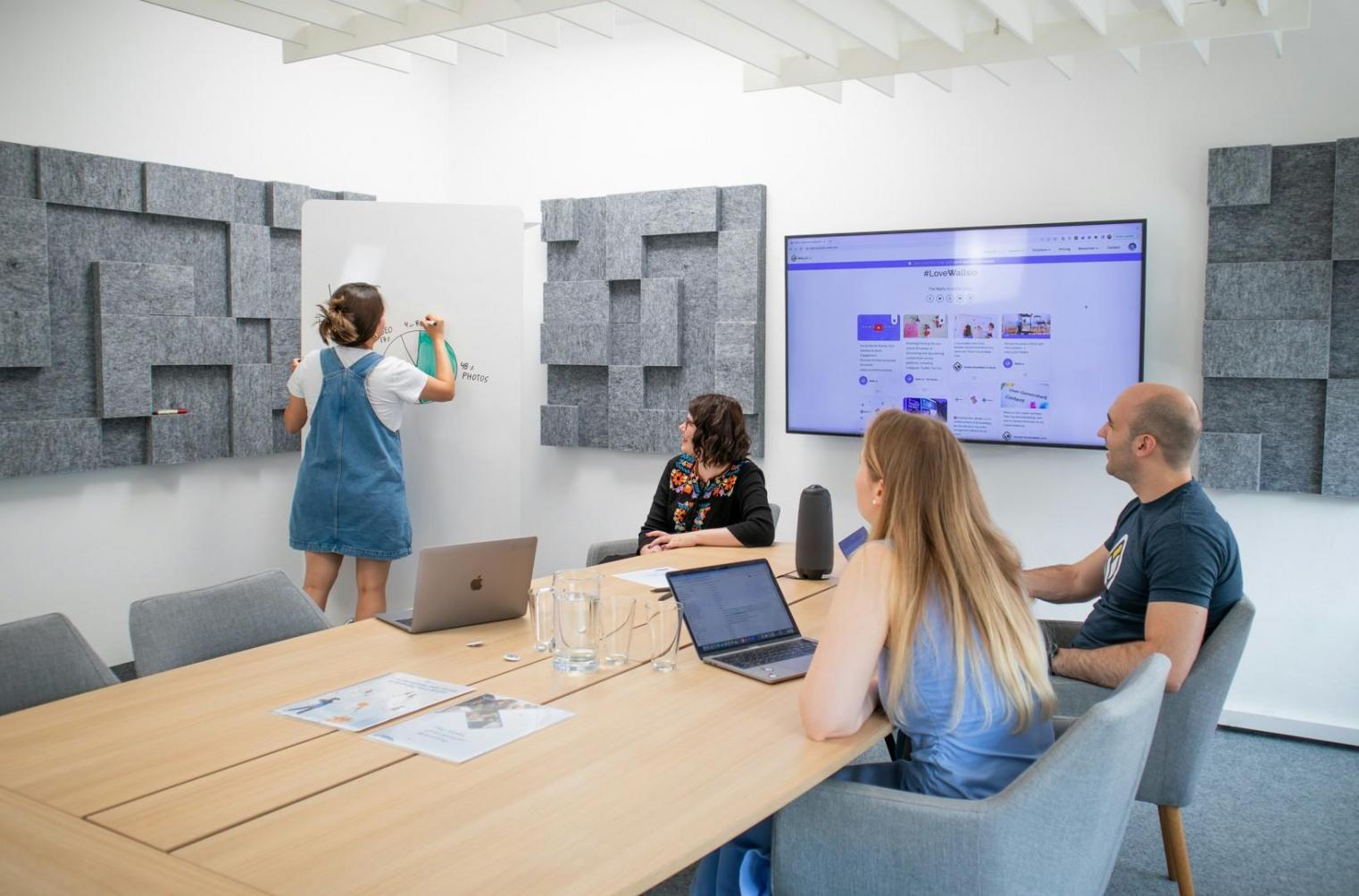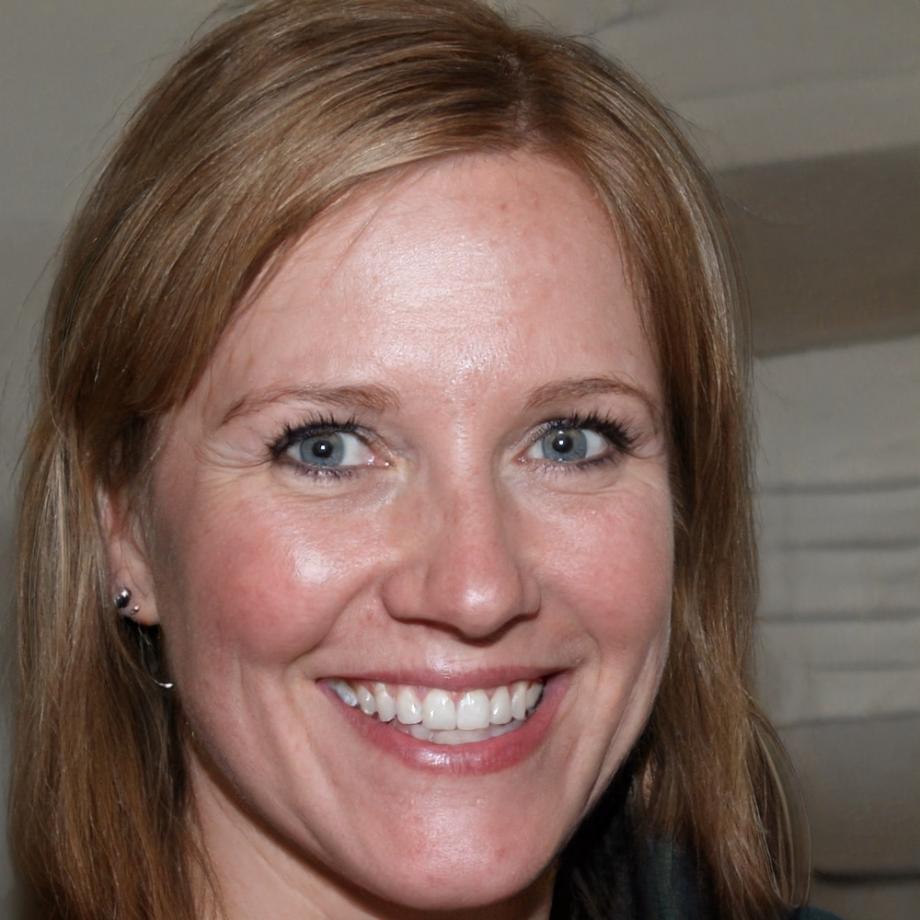Started with spreadsheets and questions nobody wanted to answer
Back in late 2018, I was running numbers for a small investment group in Buenos Aires. Everyone wanted clean reports, but the data lived in five different places. And nobody — not the accountants, not the fund managers — wanted to deal with connecting those dots every quarter.

So we built something simple. Not fancy software — just a reporting system that pulled what investors actually needed to see. By 2020, three other groups asked if we could do the same for them.
That's when PowerConnectIQ became a real business. We didn't plan to revolutionize anything. We just wanted reports that didn't take three weeks and seventeen emails to produce.
Now we work with investment teams across Argentina who need their financial reporting done right — and done on time. Because when your investors ask questions, you shouldn't need a month to find answers.


